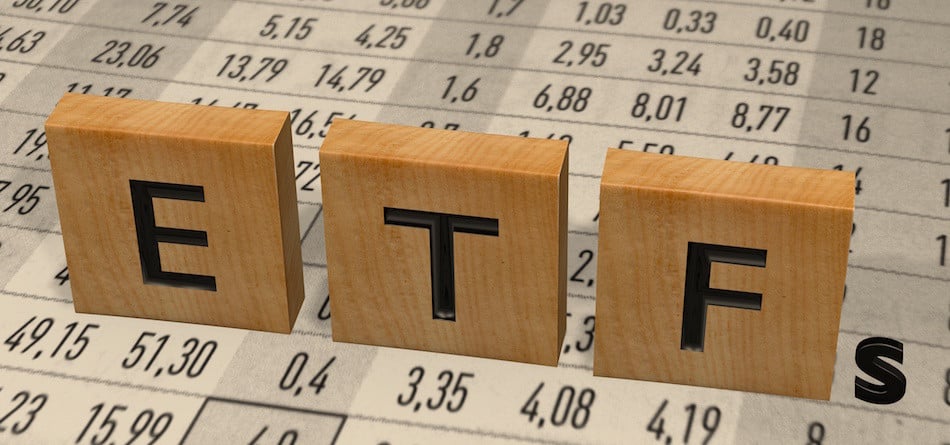Exchange traded funds (ETFs) are all the rage these days as investors scour the trading landscape looking for yield and liquidity as individua stocks have become increasingly expensive.
But where does the buy-side go to find the best price, transparency and selection of these instruments. Back in 2002, it looked to be NYSE’s Arca exchange. But does that still hold true? Or is there some other venue that affords a better proposition?
According to Spencer Mindlin, Capital Markets Analyst at Aite Group, the buy-side still views ETF transparency are paramount and there are more choices to choose from when trading.
[broadstreet zone="53777"]
“While cost, transparency, and liquidity are all important considerations when investing in ETFs, not all investors will value these three the same way,” Mindlin explained. “Still, increased transparency generally leads to improved product tradeability and tighter spreads. But for some investors, futures may still deliver a higher degree of quote transparency than ETFs.”
However, no two investors are alike and neither are their desires or goals. Mindlin told Traders Magazine in a recent interview that most investors currently utilizing ETFs value the transparency that ETFs provide highly. But other investors, particularly long-term investors looking to invest in active strategies, may prefer the protection that a non-transparent ETF wrapper affords their portfolio manager.
“A lot of people remain skeptical and have said non-transparent ETFs are a solution looking for a problem,” he said. “I disagree and anticipate interest in non-transparent ETFs will grow over time, particularly once active management gets back in vogue. Stay tuned for active's perfect storm: rising interest rates, changes in public policy, and incorporation of alternative data and artificial intelligence into active strategies.”
And what about liquidity? Isn’t that king for single name stocks?
“ETF liquidity is easy to observe for the top 50 traded products by simply looking at exchange volumes, Mindlin said. “And institutional investors may never invest in an ETF if it isn't the most liquid product. But, investors need to understand the true liquidity measure for an ETF is it's implied liquidity, which is a measure of the liquidity that can be manufactured by market makers trading the ETF, futures, and/or its underlying stock. And this is why issuers think carefully about how they construct the ETF's portfolio, as it directly affects the liquidity of the ETF.”
Taking all these things into consideration about today’s ETF market and what the buy-side wants, is Arca still the strongman it was back in 2002?
“NYSE Arca continues to be the king of the hill with over two-thirds of the ETF listings, but competition is heating up,” Mindlin said. “Cboe Global Markets is getting very aggressive and attracting NYSE defectors. Cboe Global Markets (in this case) BATS has been particularly aggressive to try and attract listings and proposed closing auction product has the potential to grab market share away from the big board. And NASDAQ is trailing, but is also investing heavily to attract ETF listings.”
So, is ETF popularity versus single name stocks He added that its possible investors are parking their cash in passive index products since the market is so over-valued and it’s hard for active managers to deliver alpha. It’s possible a market correction might enable active managers to wrestle investment away from passive strategies using ETFs. Still, active managers also use ETFs too.
This article was originally published in the October 2002 edition of Traders Magazine
ArcaEx Becomes EFT Electronic Strongman
By Peter Chapman
The new electronic stock exchange has doubled its share of the market in the most heavily-traded ETFs since its rebellious competitor "went dark." A good chunk of the volume in the exchange-traded funds, known as the QQQs, SPDRs and Diamonds, has left the Island ECN in the wake of its decision to pull its quotes from public view in late September.
Island's move was a response to an ultimatum from the Securities and Exchange Commission either to post the quotes in the Consolidated Quotation System or not post them at all. Island snubbed the CQS to avoid the related obligation of having to route away certain orders to slower-moving competitors.
Although Island is still trading the ETFs in a blind matching environment, ArcaEx has won order flow from those traders who want to see what they're doing.
"People like transparency," Mike Cormack, president of Archipelago Holdings, told the crowd at the Security Traders Association annual conference. "Our market share has increased pretty dramatically since Island went dark."
In the second week of October, the exchange, formed by Archipelago and the now-defunct Pacific Stock Exchange, claimed a nine percent share in the QQQs. That was on 44 million shares. It also recorded eight percent in the SPYs on some 28 million shares and 13 percent in the DIAs on about 13 million shares. The mutual fund-like products are among the exchange's top ten traded securities as measured by volume, said a spokesperson for Archipelago.














